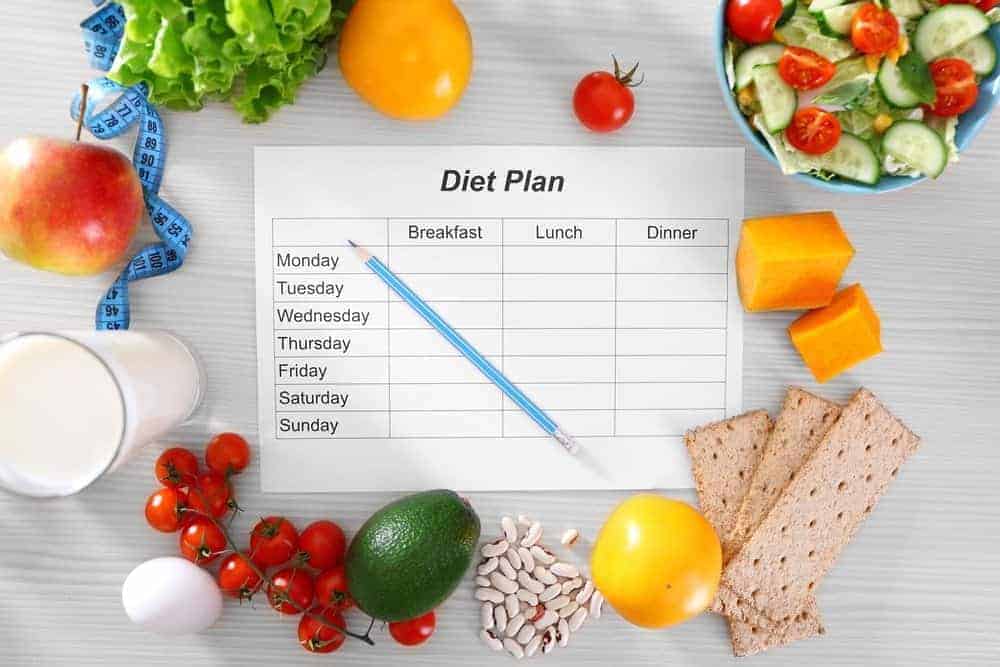Are you struggling to lose weight and keep it off? 🤔 You’re not alone. This comprehensive guide will walk you through 7 proven strategies for effective and sustainable weight loss.
Whether you’re looking to shed belly fat, improve your diet, or embrace a healthier lifestyle, we’ve got you covered.
Introduction
Weight loss isn’t just about fitting into smaller clothes—it’s about embracing a lifestyle change that promotes overall well-being. Amid countless fad diets promising rapid results, it’s crucial to focus on sustainable methods. Successful weight loss requires a calorie deficit, balanced macronutrients, effective exercises like weight training, and mindful behavior changes.
In this guide, we’ll explore actionable tips and examples to help you achieve your weight loss goals. Get ready to transform your life! 💪
